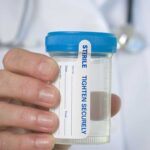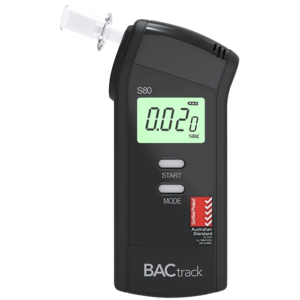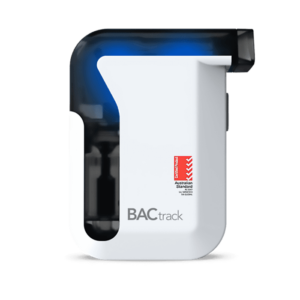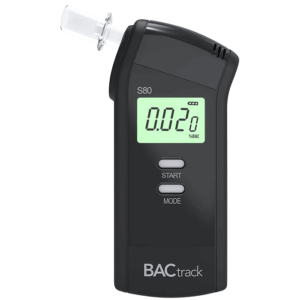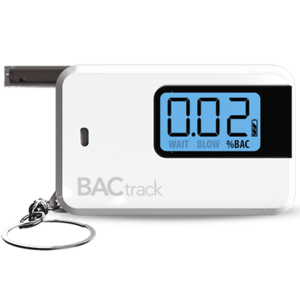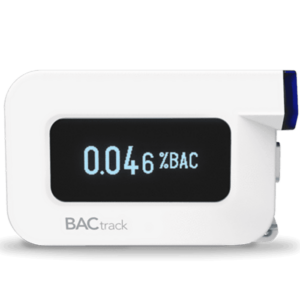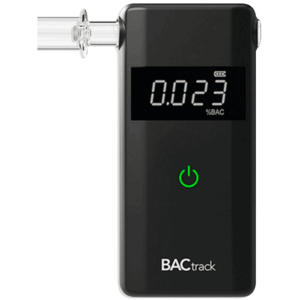Laboratory Urine Drug & Alcohol Screen: Overview
18 January, 2024
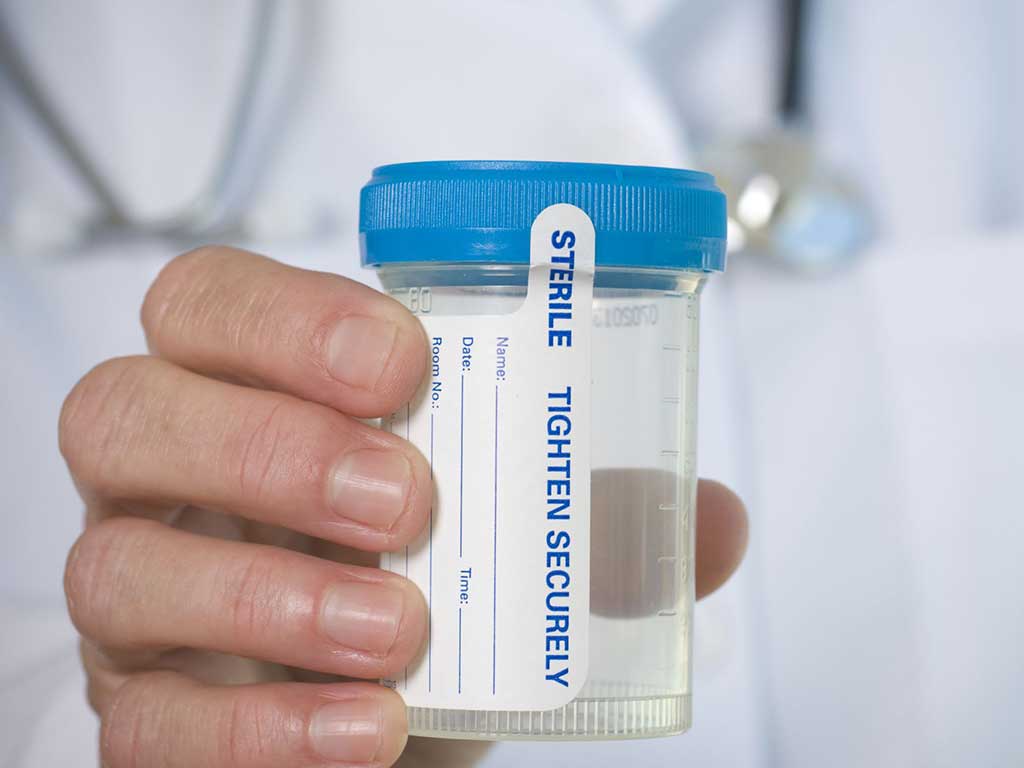
Substance abuse is a prevalent issue that many organisations address to minimise safety risks. Conducting a laboratory urine drug & alcohol screen is one of the cost-effective measures. This process involves examining biological samples for the presence or absence of drugs and alcohol. Laboratory testing provides high accuracy utilising advanced technology and strict chain of custody procedures. Therefore, it ensures individuals and companies that the results are reliable and valid against set standards.
Illegal drugs and and excessive alcohol consumption are some of the leading factors in vehicle or workplace accidents. It impairs judgment, cognitive functions, reaction time, and coordination, making it difficult to control vehicles or operate machinery safely. Thus, screening for prohibited substances helps minimise safety hazards and prevent untoward incidents. In this article, we will explore the purpose of urine screening, laboratory procedures, and the implications of positive test results.
What is a Laboratory Urine Drug & Alcohol Screen?
A laboratory urine drug & alcohol screen is a method of detecting illicit substances in the system. Urine samples can detect a wide range of drugs from the past two days of use or more. The extended detection window can help identify chronic substance abuse patterns. It helps employers, law enforcement agencies, and health providers to make informed decisions.
The purpose of this test is to ensure the safety and well-being of individuals. By identifying people with current impairment, authorities can manage related risks by removing them from safety-critical areas where they can potentially harm themselves or others. Moreover, early detection of drug or alcohol use disorder allows for appropriate intervention and support.
Urine screening is a reliable method of drug and alcohol detection. It is less invasive than a blood test, quick, and easy to administer. Hence, it is a preferred method of testing by most workplaces. It is often implemented during the recruitment process, random drug testing, and blanket testing.
Advantages
- A urine drug screen is non-invasive and relatively easy to collect samples.
- It has a long detection window of 24 to 80 hours.
- It can test a broader spectrum of drug classes
- Urine testing can provide quick results, usually within a few minutes to a few days, depending on the type of test.
- It can help identify substance use in emergency situations, such as intoxication or overdose cases.
- It is a cost-efficient process for monitoring impairment in the workplace.
- Enables companies to comply with legal requirements related to occupational health and safety.
- Efficient for monitoring individuals in treatment programs.

Procedures in a Laboratory Urine Drug & Alcohol Screening
The procedures of a laboratory urine drug & alcohol screen involve several steps. It is important to follow these steps to ensure the accuracy and reliability of the test results. Furthermore, these procedures adhere to laboratory standards to maintain the integrity of the samples. Thus, it minimises the possibility of tampering or contamination.
The first step is the collection of urine samples. The examinee is provided with a collection cup and instructions on properly collecting the sample. Some may involve direct observation of a medical professional, but it is not compulsory for non-evidential drug testing. Next, the collection centre seals the container and forwards it to a laboratory or drug testing clinic.
In the lab, the urine sample undergoes a series of tests to detect the drugs and alcohol. The sample is first checked for temperature and pH levels to ensure its validity. Then, it is screened using immunoassay tests. Non-negative results often undergo Gas Chromatography-Mass Spectrometry (GC-MS) testing. It is a highly accurate analysis method and is the gold standard in forensic testing.
What Can be Detected?
Drug screening can detect both illegal and legal substances. Illicit drugs include methamphetamine, psilocybin (magic mushrooms), cocaine, heroin, and Lysergic Acid Diethylamide (LSD). They are drugs with a high-risk classification. Also included are amphetamine-type substances, morphine, benzodiazepines, opioids, and other commonly abused prescription drugs.
Alcohol screening detects ethanol, the main compound in alcoholic beverages, and its metabolites. Urine tests can trace Ethyl Glucuronide (EtG) and Ethyl Sulfate (EtS) alcohol biomarkers that stay in the system longer than ethanol. Their presence indicates alcohol consumption in the past two days to a few weeks. Overall, medical testing looks for alcohol and drug metabolites that can impair individuals.

What Happens After a Positive Laboratory Urine Drug & Alcohol Screening?
A positive laboratory urine drug & alcohol screening can have several consequences. In the workplace, the employee who tested positive will be notified and given an opportunity to explain the reasons for such results. This could involve discussing any prescribed medications that could affect the test or any other relevant factors. Moreover, employees may face suspension and even termination for repeat cases.
In legal settings, the person may face consequences such as probation, fines, or even imprisonment, depending on the laws and regulations in place. Additionally, individuals confirmed to have a substance abuse disorder may undergo treatment programs. There are court-mandated orders and Employee Assistance Programs (EAP) that can provide support and resources for individuals struggling with abuse.
It is important to note that a positive result does not necessarily indicate current impairment. It only indicates the presence of substances in the system. Thus, the consequences may depend on the specific policies and regulations of the organisation or legal system involved. However, in safety-sensitive industries, testing positive can have more severe implications than those in non-safety-sensitive environments.
Treatment Resources
Treatment and rehabilitation programs provide individuals with support in overcoming their addiction. It involves therapeutic interventions and counselling sessions that address the underlying issues contributing to substance abuse. It also provides patients with healthier ways to cope with their drug and alcohol dependencies.
Various health clinics offer rehabilitation assistance for individuals struggling with drug and alcohol abuse. Organisations may partner with their drug testing agencies, which have extensive resources for treatment. These can include outpatient and inpatient programs and facilities. Nevertheless, the program can be a combination of various techniques, depending on the individual needs of the person.
Conclusion
Laboratory urine drug & alcohol screening is an important tool in ensuring the safety and well-being of individuals and the community. It provides a non-invasive and reliable method for detecting substance use as well as abuse. The method involves collecting urine samples in a secured facility and analysing them for the presence of illegal drugs, prescription medicines, and alcohol. This offers several advantages, such as ease of administration, a long detection window, and quick results.
Positive results can have various implications, such as suspension or termination of employment and legal charges. This can vary depending on the severity of the situation. However, individuals may also avail of treatment resources to help them overcome their substance abuse. Thus, it can help them restore accountability and become productive members of society. In summary, regular screening serves as a preventive measure for accidents and incidents related to substance abuse.

















